Women in Baseball: Playing Through Change, Changing Through Play
Essential Question:
How has the history of women’s rights in the U.S. intersected with sporting culture?
Overview
This lesson examines the history of women’s rights in the United States, in particular the ways in which sporting culture has provided a platform for women to illuminate, contest, and even advance those rights. Through the pre-lesson activity and into the lessons that follow, students will be introduced to some of the essential moments in the long struggle for women’s rights. They’ll come to understand that advances in women’s social, economic and political power cannot be separated from the changes that have taken place in American sports.
At the center of Lesson 1 is a unique moment during World War II when women became an integral part of professional baseball in the United States. Just as female workers took industrial jobs in order to replace the many men who left for combat overseas, female athletes covered for men in professional baseball. The All-American Girls Professional Baseball League, started in 1943, drew almost a million fans a year at its peak.
When the war ended, however, returning soldiers were expected to come home to their jobs, whether they had been factory workers or baseball players. The women who had entered the workplace or played baseball during the war suddenly had to give up their positions. For many women, this return to pre-war norms was abrupt and difficult. Having enjoyed the experience of increased empowerment, they felt more keenly than ever the sexism that defined American life. Not all women, however, returned home after World War II. Many women of color were more likely to leave factories for other traditionally female jobs. They continued as domestic workers, caregivers, laundresses, nurses and teachers.
Objectives:
Students will be able to:
- Analyze historical photographs and interpret their complex messaging.
- Evaluate graphs and tables in order to understand changes in the American workforce relating to World War II.
- Analyze the impact of World War II on American gender relations.
- Evaluate critical arguments surrounding gender and sporting culture.
- Situate women’s baseball in relation to a timeline of women’s rights in the U.S.
- Compare the roles of women in baseball during and after the wider social shifts associated with World War II.
- Take a critical position on women’s roles in baseball during World War II, discussing why this phenomenon did or did not represent an advance for women.
Pre-Lesson
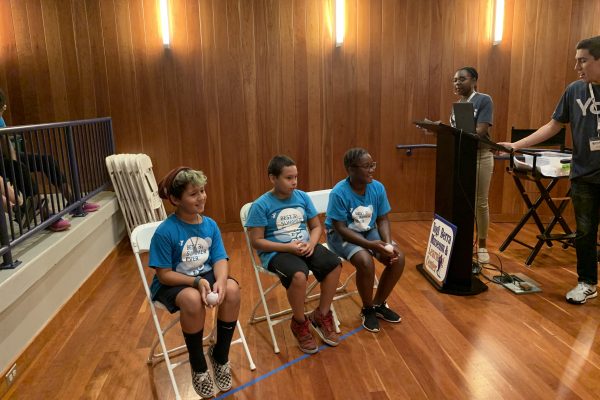
Activity
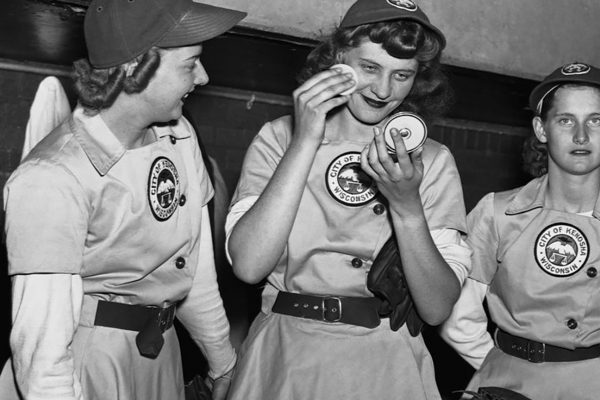
Key Terms
Lesson
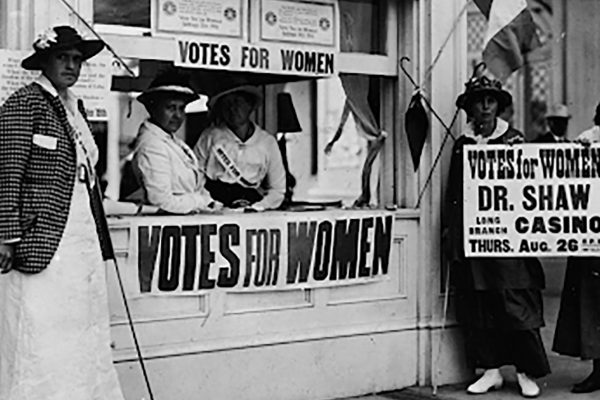
1. World War II & Women in Baseball
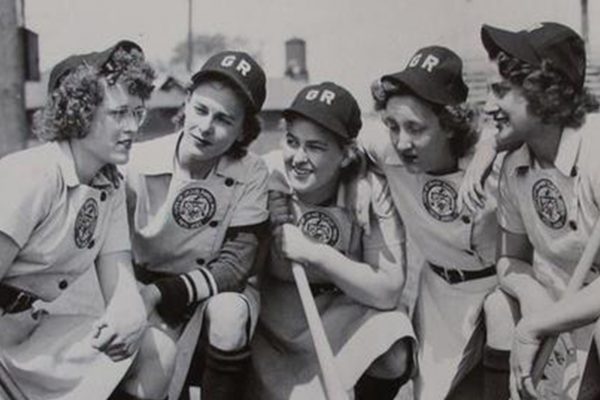
2. All-American Girls Professional Baseball League
Resources
Printouts
Images
Videos
Standards
Post-Lesson Survey
After completing one or multiple sections in the available lesson plans, please take 5 minutes to complete this survey. Your feedback will be extremely valuable for future curriculum updates and additions.
Additional References
Nonfiction that deals with the history of women’s rights:
Archer, Jules. The Feminist Revolution: A Story of the Three Most Inspiring and Empowering Women in American History: Susan B. Anthony, Margaret Sanger, and Betty Friedan. New York: Sky Pony Press, 2015.
Bausum, Ann. With Courage and Cloth: Winning the Fight for a Right to Vote. Boone: National Geographic Society, 2004.
Young adult nonfiction dealing with feminism and identity:
Jensen, Kelly (ed.). Here We Are: Feminism for the Real World. Chapel Hill: Algonquin Young Readers, 2017.
Ngozi Adichie, Adichie. We Should All Be Feminists. New York: Anchor Books, 2015.
Nugent, Alida. You Don’t Have to Like Me: Essays on Growing Up, Speaking Up, and Finding Feminism. New York: Plume, 2015.
Valenti, Jessica. Full Frontal Feminism. Berkeley: Seal Press, 2007.
Young adult nonfiction that deals with baseball history and gender:
Macy, Sue. A Whole New Ball Game: The Story of the All-American Girls Professional Baseball League. New York: Henry Holt, 1993.
Historical fiction/nonfiction works written in the time of second-wave feminism (for high school students):
French, Marilyn. The Women’s Room. New York: Ballantine, 1977.
Friedan, Betty. The Feminine Mystique. New York: W. W. Norton, 1963.
In the Museum
For educators who would like to build on their classroom experiences with a visit to the Yogi Berra Museum & Learning Center, below are lesson-related images from the Museum’s collections. See the Museum’s Groups & Tours page for group visit details.
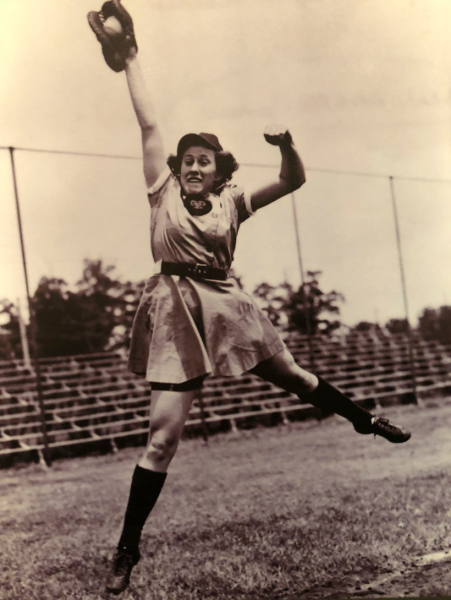
Dottie Kamenshek leaps for a fly ball in a Kenosha Comets practice, 1945
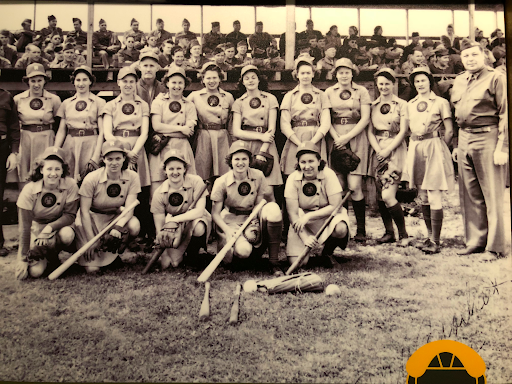
Rockford Peaches, 1946
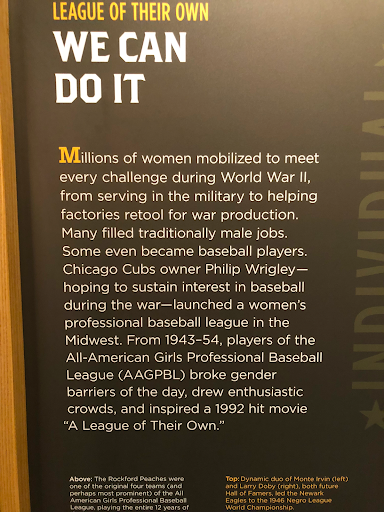
AAGPBL exhibit at the Yogi Berra Museum & Learning Center

